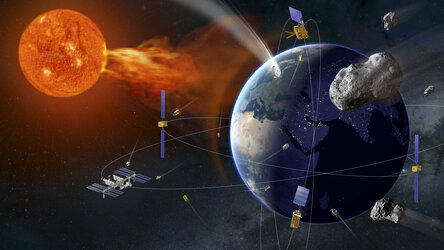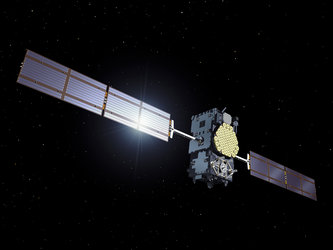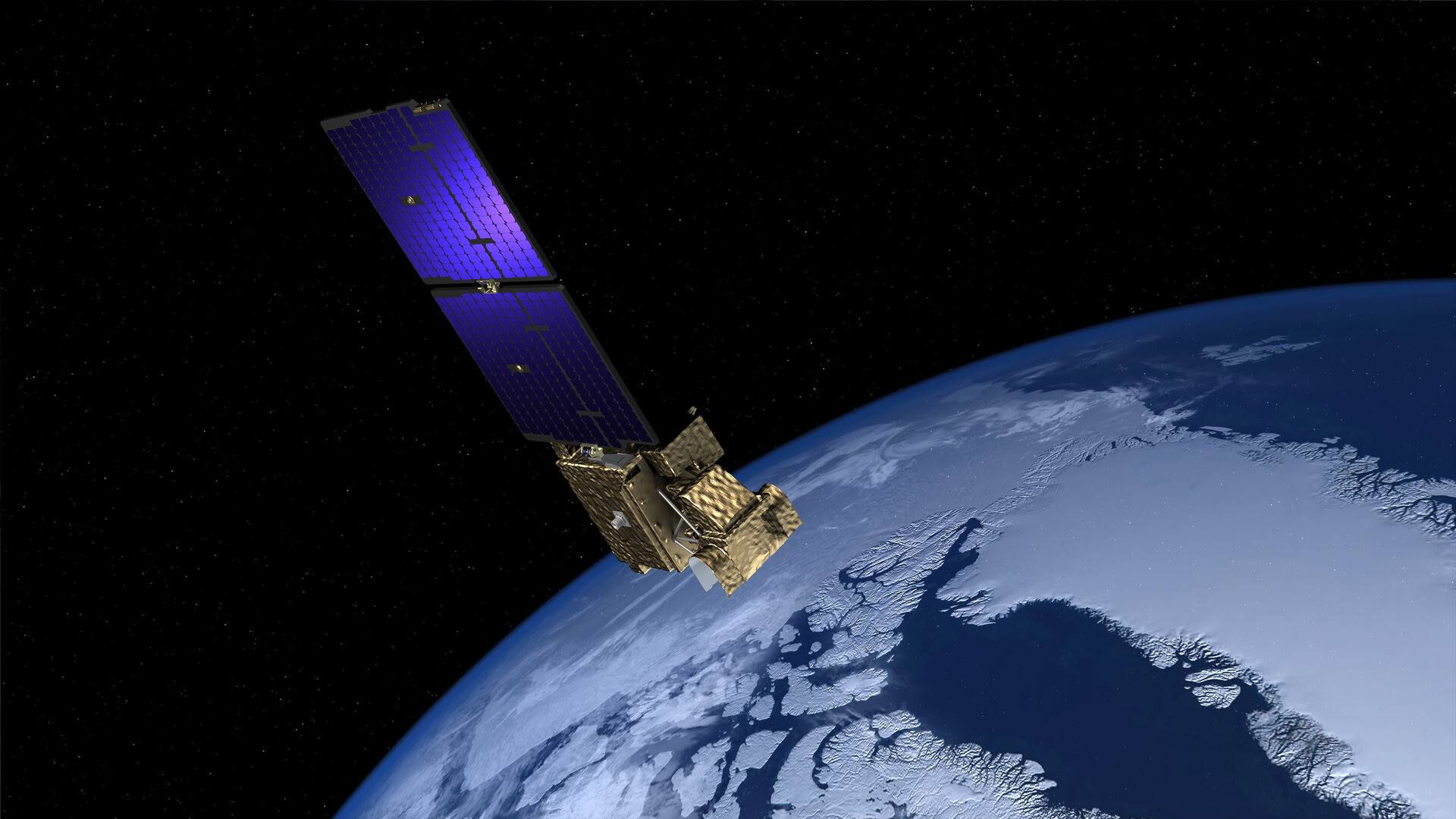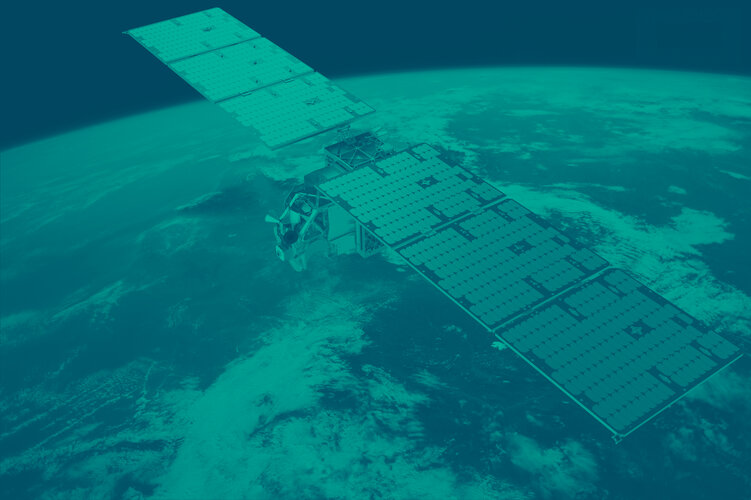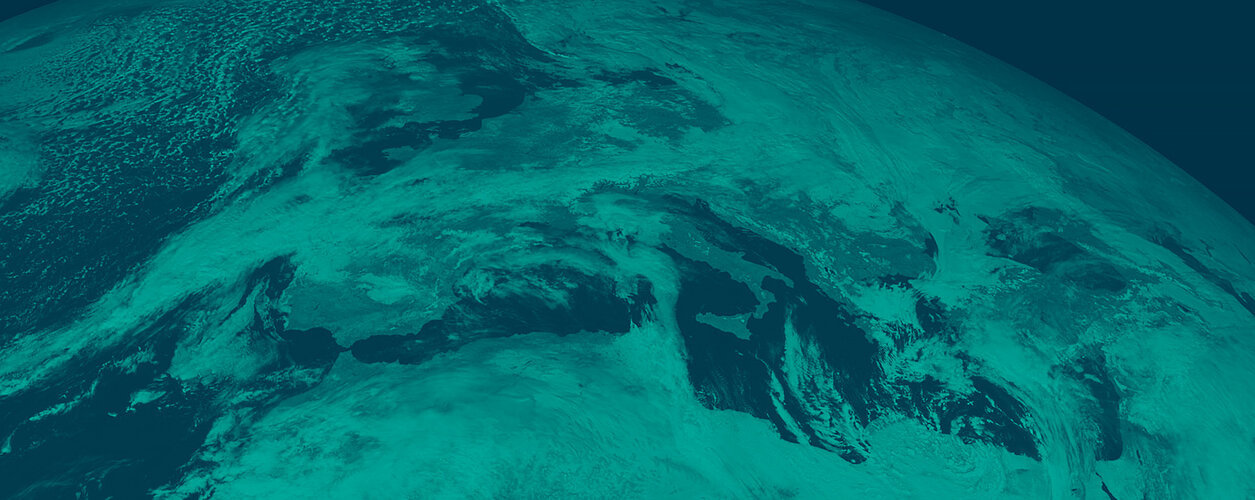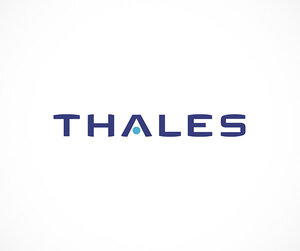Contract signed to build Arctic weather satellite
With the need for satellite data to be received more frequently for faster weather forecasting updates in the Arctic, ESA has signed a contract with OHB Sweden to a build prototype satellite for the Arctic Weather Satellite mission.
This prototype is the forerunner of a potential constellation of satellites that would supply an almost constant stream of temperature and humidity data from every location on Earth – allowing, for the first time, for very short-range weather forecasting, or ‘nowcasting’, in the Arctic. Meteorologists will also use the mission to improve weather forecasts around the world.
Accurate weather forecasts are an essential part of everyday life, used from simply deciding what clothes to wear to planning crop harvesting, ship routing and managing renewable energy resources.
Today, satellites, both those in geostationary orbit and in polar orbit, provide a wealth of information that meteorologists use routinely to forecast the weather, however, the monitoring of the Arctic remains insufficient.
Europe’s Meteosat geostationary satellites positioned 36 000 km above the equator return images every 15 minutes over the full Earth and every five minutes over Europe, they have no visibility of higher latitudes, closer to the poles, and so cannot be used for Arctic weather forecasting.
While the MetOp satellites do return data over the poles as they a circle Earth from pole to pole in a lower orbit, they need up to 24 hours to achieve global coverage.
By providing global measurements of atmospheric temperature and humidity with frequent revisit times, the polar-orbiting Arctic Weather Satellite mission will complement MetOp and its counterpart US NOAA Joint Polar Satellite System. This will improve weather forecasts specifically in the Arctic, which has so far been lacking the data needed for short-term forecasts.
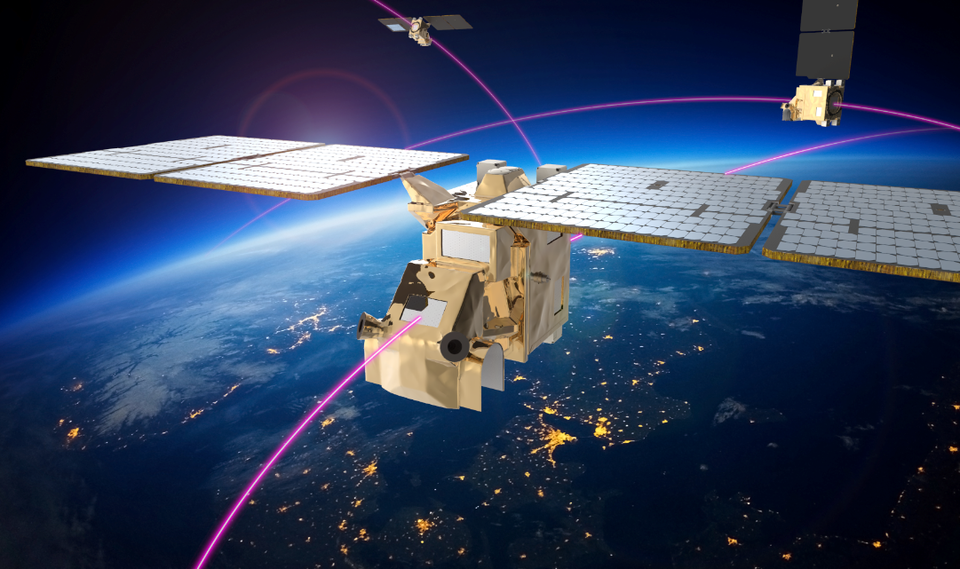
The Arctic Weather Satellite mission is foreseen as an eventual constellation – but as a first step, ESA has now put in place a contract to develop, build, launch and operate a prototype satellite. This also embraces the New Space approach by proving new concepts in a cost-effective and timely manner.
The contract, which is worth over €32 million, was signed today by Toni Tolker-Nielsen, ESA’s Acting Director of Earth Observation Programmes and Benoit Mathieu, Managing Director of OHB Sweden. Mr Tolker-Nielsen said, “The Arctic Weather Satellite development contract demonstrates ESA’s continued commitment to the establishment of novel, state-of-the-art meteorological satellite systems, while also showcasing what can be achieved with a cost-effective, New Space approach.”
The satellite will carry a 19-channel cross-track scanning microwave radiometer, providing high-resolution humidity and temperature soundings of the atmosphere in all weather conditions.
OHB Sweden leads the industrial consortium, which includes Omnisys Sweden as the prime contractor for the microwave radiometer and Thales Alenia Space as prime contractor for the ground segment. The industrial team includes 31 companies, including 14 small and medium-sized enterprises from 12 ESA Member States.
Benoit Mathieu added, “This is the third mission relying on our Innosat platform. With this contract, OHB Sweden’s Innosat platform proves its New Space character suitable for a cost-effective and reliable Arctic Weather Satellite constellation and beyond.”
Looking forward, ESA would develop the envisaged constellation in cooperation with EUMETSAT, along the same agreement that led to the implementation of the generations of Meteosat and MetOp satellites.
Phil Evans, Director General of EUMETSAT, said, “We welcome today’s signature, as EUMETSAT is committed to working with ESA to evaluate the Arctic Weather Satellite in-orbit data. In complement to the observations from our Second Generation of MetOp satellites, we would expect any future Arctic Weather Satellite system to have a positive impact on meteorological applications, from regional and global numerical weather prediction to nowcasting in the Arctic region, where it will bring important and missing observations.
“EUMETSAT and ESA will also work together in assessing the technical feasibility and cost of a future operational constellation of such Arctic Weather Satellites which, if agreed by our Member States, would be implemented by EUMETSAT.”















 Germany
Germany
 Austria
Austria
 Belgium
Belgium
 Denmark
Denmark
 Spain
Spain
 Estonia
Estonia
 Finland
Finland
 France
France
 Greece
Greece
 Hungary
Hungary
 Ireland
Ireland
 Italy
Italy
 Luxembourg
Luxembourg
 Norway
Norway
 The Netherlands
The Netherlands
 Poland
Poland
 Portugal
Portugal
 Czechia
Czechia
 Romania
Romania
 United Kingdom
United Kingdom
 Slovenia
Slovenia
 Sweden
Sweden
 Switzerland
Switzerland














